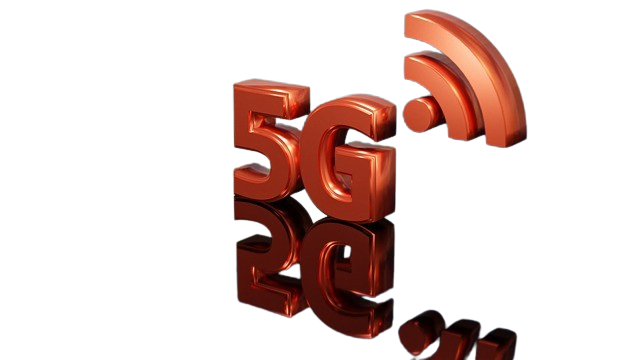The advent of 5G technology marks a revolutionary step in the evolution of wireless communication. As the fifth generation of mobile networks, 5G promises to enhance connectivity, speed, and reliability, offering unprecedented opportunities across various industries. This article explores how 5G technology is poised to transform connectivity and reshape numerous sectors.
What is 5G?
5G stands for the fifth generation of mobile network technology. It is designed to be faster, more efficient, and capable of handling a much larger number of connected devices than its predecessors. Key features of 5G include higher data rates, reduced latency, and increased capacity, which collectively contribute to a more robust and versatile network.
Key Benefits of 5G
- Enhanced Speed and Bandwidth:
- 5G offers download speeds up to 100 times faster than 4G, significantly reducing the time needed to download large files and stream high-definition content.
- The increased bandwidth allows more devices to connect simultaneously without compromising performance.
- Ultra-Low Latency:
- Latency, the delay before a transfer of data begins following an instruction, is drastically reduced with 5G. This improvement is critical for real-time applications such as autonomous driving and remote surgery, where even a millisecond delay can be consequential.
- Greater Capacity and Connectivity:
- 5G can support up to a million devices per square kilometer, facilitating the growth of the Internet of Things (IoT). This capability is essential for smart cities and industrial IoT applications, where thousands of sensors and devices must communicate seamlessly.

- 5G can support up to a million devices per square kilometer, facilitating the growth of the Internet of Things (IoT). This capability is essential for smart cities and industrial IoT applications, where thousands of sensors and devices must communicate seamlessly.
Transformative Impact on Industries
- Healthcare:
- Telemedicine: 5G enables high-quality video consultations and real-time remote monitoring of patients, making healthcare more accessible, especially in remote areas.
- Remote Surgery: With ultra-low latency, surgeons can perform procedures using robotic tools from across the globe, potentially saving lives in critical situations.
- Automotive:
- Autonomous Vehicles: The rapid data exchange enabled by 5G allows self-driving cars to communicate with each other and with traffic infrastructure in real-time, enhancing safety and efficiency.
- Vehicle-to-Everything (V2X) Communication: 5G supports V2X communication, enabling cars to interact with traffic lights, road signs, and other vehicles, improving traffic flow and reducing accidents.
- Manufacturing:
- Smart Factories: 5G facilitates the integration of IoT devices in manufacturing, leading to more automated, flexible, and efficient production processes. Sensors can monitor equipment in real-time, predicting maintenance needs and reducing downtime.
- Enhanced Automation: With the high reliability and low latency of 5G, robots and automated systems can operate more effectively, increasing productivity and precision.
- Entertainment and Media:
- Augmented and Virtual Reality (AR/VR): The enhanced capabilities of 5G enable more immersive AR and VR experiences, transforming sectors such as gaming, education, and virtual tourism.
- Live Streaming: High-speed 5G networks allow for seamless live streaming of events in 4K and beyond, providing a superior viewing experience for audiences.
- Smart Cities:
- Infrastructure Management: 5G supports a wide array of smart city applications, from intelligent traffic management systems to energy-efficient buildings. Real-time data from sensors can optimize resource use and improve urban living standards.
- Public Safety: Enhanced connectivity allows for better coordination of emergency services and the deployment of advanced surveillance systems, improving public safety and response times.

Challenges and Considerations
While the benefits of 5G are substantial, there are challenges to its widespread implementation. These include the high cost of infrastructure development, regulatory hurdles, and concerns about cybersecurity. Addressing these issues requires collaboration between governments, industry leaders, and technology providers.
Conclusion
5G technology is set to revolutionize connectivity and transform various industries by providing faster speeds, lower latency, and greater capacity. Its impact will be felt across healthcare, automotive, manufacturing, entertainment, and urban infrastructure, among others. As 5G networks continue to roll out globally, the promise of a more connected and efficient world is becoming a reality. Embracing this technology will unlock new opportunities and drive innovation in ways previously unimaginable.




